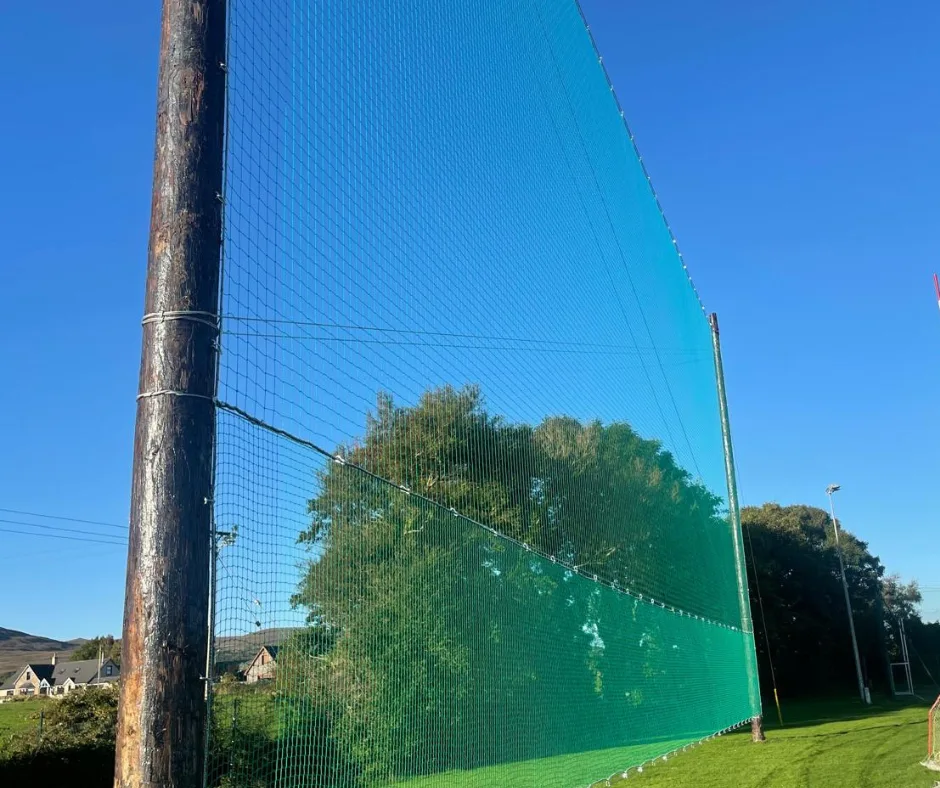Introduction:
In emergencies, knowing how to respond quickly and effectively can make all the difference. Hypothermia, a dangerous condition caused by prolonged exposure to cold, is a critical situation that requires immediate action.
Whether you’re spending time outdoors in chilly weather or involved in water activities, understanding the signs of hypothermia and knowing how to prevent and treat it is essential.
This blog provides key advice and actions everyone should be aware of to safeguard themselves and others during such emergencies. Stay informed and prepared, as your quick response could save a life.
Hypothermia
Introduction:
- Hypothermia occurs when the body’s temperature drops by at least 2°C after immersion in cold water.
Signs and Symptoms:
- Early dulling of sensation, violent shivering, blueness around lips, cold armpits, muscle stiffness, lethargy, disorientation, slow breathing, weak pulse.
Dangers:
- Risks include impaired sensation and muscle coordination, loss of consciousness, drowning, cardiac arrest, and death.
Prevention and Survival:
- Wear approved lifejackets and immersion suits over warm clothing. Learn cold-water survival techniques (e.g., “HELP” position). Exit the water as soon as possible using a life raft or any available refuge.
Final Notes:
- Do Not Assume a Person is Dead: They may be in a state resembling hibernation. Immediate medical attention is crucial.
Immediate Actions for Hypothermia Victims
Prevent Further Heat Loss:
- Enclose in Waterproof Material: Place the victim in a plastic bag or similar material.
- Insulate the Body: Cover the victim, paying particular attention to the head.
- Remove Wet Clothing: If dry replacements are available, change the victim’s wet clothes. If not, enclose the body (except the face) in a large plastic bag or other waterproof material.
Monitor Vital Signs:
- Continuously check the victim’s airway, breathing, and circulation.
Shelter and Position:
- Move the victim to a sheltered area and place them flat.
Provide Warm Fluids:
- If the victim is conscious, offer warm, sweet drinks. Avoid alcohol.
Avoid Rubbing:
- Do not rub the victim’s body as this can worsen heat loss and cause tissue damage.
Key Facts About Hypothermia
Rapid Cooling in Water:
- In cold water, vital organ temperatures can drop in 15 to 30 minutes. Skin and muscle temperatures fall faster, which impairs early lifesaving actions.
Swimming and Cooling:
- Swimming may feel warm but accelerates muscle cooling, making it harder to survive as body heat is lost rapidly.
Children vs. Adults:
- Children cool faster due to their smaller size and lower body fat. Boys typically cool faster than girls.
Clothing in Water:
- Normal clothing offers minimal insulation in cold water but can slow heat loss. Lifejackets, immersion suits, and well-fitting wetsuits significantly reduce hypothermia risk for water sports enthusiasts.
Conservation of Heat in Water
Avoid Swimming:
- If possible, avoid swimming. Floating or treading water conserves energy and heat.
Use of Clothing:
- Clothes help slow heat loss.
Immersion Suits:
- Wet suits provide buoyancy and reduce heat loss for some time. Dry suits are better for long-term survival. Floatation aids such a Mullion Flotation Devices
Use Floating Objects:
- Use floating objects like swamped or capsized boats to keep as much of the body out of the water as possible.
H.E.L.P. Position:
- Adopt the Heat Escape Lessening Position (legs together, elbows at sides) if wearing a buoyancy aid to slow heat loss in calm water.
Cold Shock
Introduction:
- Cold Shock occurs with sudden immersion in cold water (<15°C) and can incapacitate and lead to drowning within the first 2-3 minutes.
Signs and Symptoms:
- Deep gasping, uncontrollable rapid breathing, dizziness, panic, increased heart rate and blood pressure.
Prevention:
- Use man-overboard prevention equipment, wear approved lifejackets, and use well-insulated clothing. Hold onto support and avoid swimming until symptoms subside.
Follow-Up Actions:
- Monitor airway, breathing, and circulation. Prevent further heat loss, protect from wind, and seek medical help.
Dangers:
- Risks include water inhalation, drowning, stroke or heart attack.




